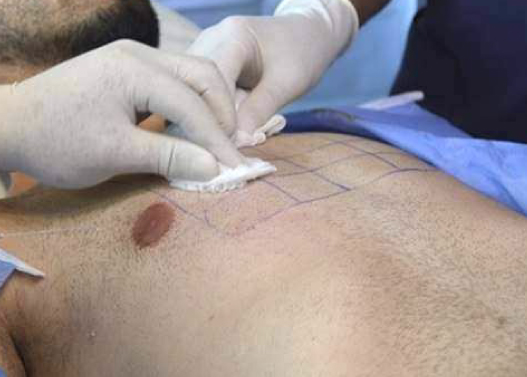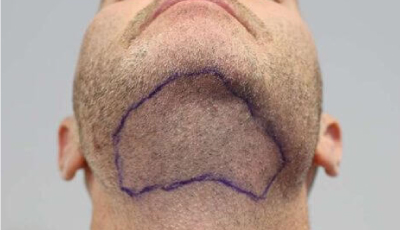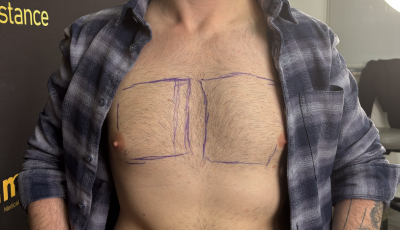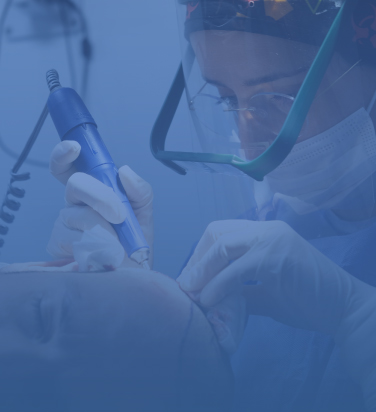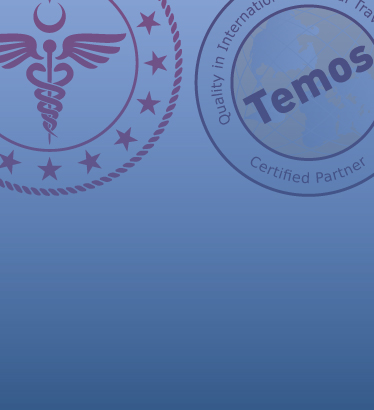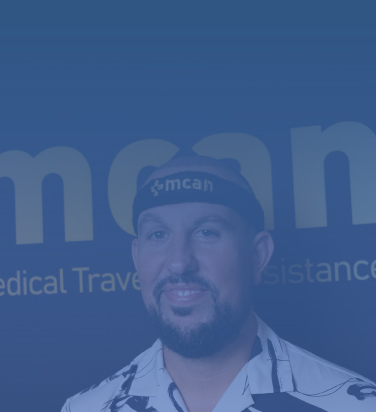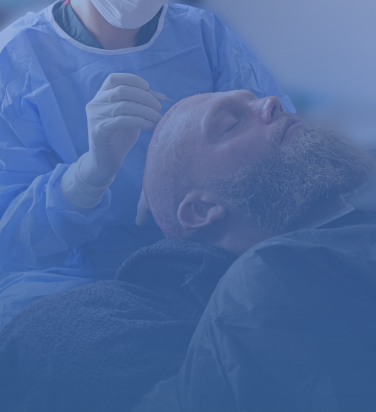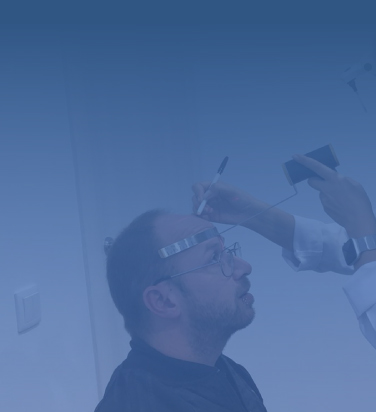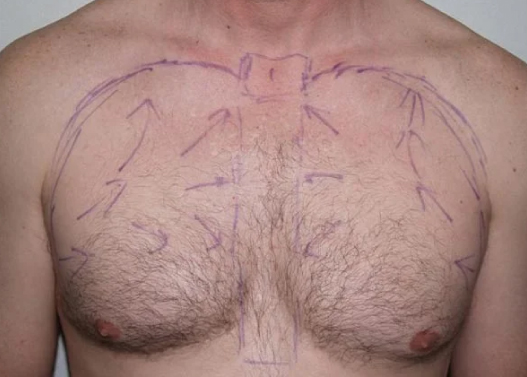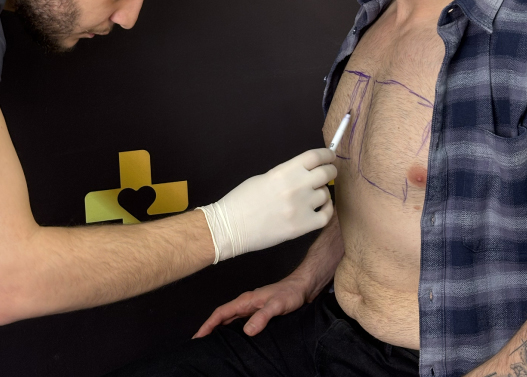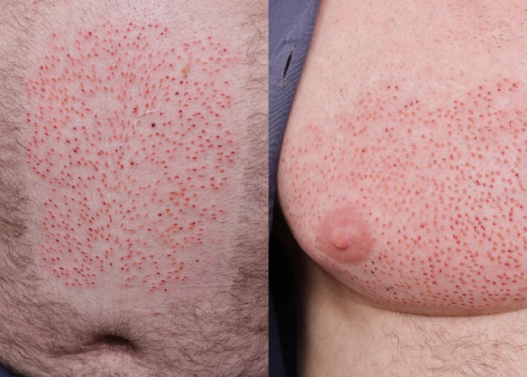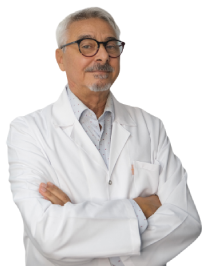Local Anesthesia
For a comfortable experience, local anesthesia is applied to the donor and recipient areas. Since body hair is extracted from sensitive regions like the chest or back, the anesthesia is carefully administered to minimize discomfort during the procedure.
Donor Hair Extraction
Using the FUE method, individual hair follicles are carefully extracted from body donor areas such as the chest, back, arms, or legs. Special attention is given to selecting thicker, stronger hairs that will blend well with the existing scalp hair.
Recipient Area Preparation
The surgeon designs the implantation sites based on the patient’s hair restoration goals, considering natural growth direction and density. Tiny incisions are made in the recipient area, ensuring a strategic placement for even coverage.
Graft Implantation
Each extracted follicle is meticulously implanted into the scalp, following the natural hairline and growth pattern to achieve a fuller and more uniform appearance.
Post-Procedure Care
After the transplant is completed, the scalp and donor areas are cleaned and assessed for proper healing. Patients are provided with personalized aftercare instructions, including how to care for the extraction sites and when to resume normal activities to prevent irritation or complications.
Aftercare and Recovery Support
Healing time may vary depending on the donor area used, as body hair has different growth cycles compared to scalp hair. Over the following months, the transplanted hair will go through a shedding phase before regrowth begins, gradually improving in texture and density as it adapts to its new location.
